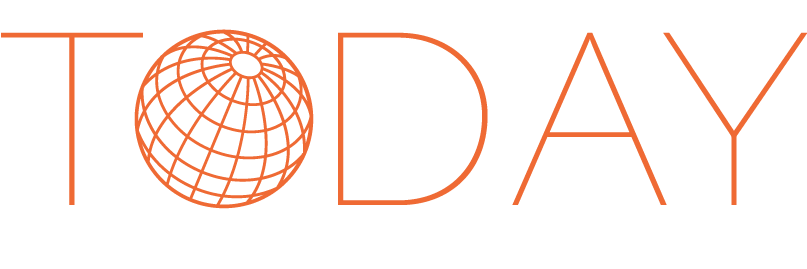Understanding Respiratory Protective Equipment (RPE)
Respiratory protective equipment (RPE) is a particular type of personal protective equipment (PPE), used to protect the individual wearer against the inhalation of hazardous substances in the workplace.
All workplaces are under a legal obligation, under Control of Substances Hazardous to Health (COSHH), to adequately control the risk of exposure to hazardous substances where exposure cannot be prevented, including where a person may be exposed to public health hazard such as COVID-19.
The provision and use of personal protective equipment (PPE), including respiratory protective equipment (RPE), will protect staff and visitors. Employees must make full and proper use of any control measures, including PPE, provided by their employer.

Masks v respirators
A mask is designed as a barrier hence needs to be fluid resistant. A surgical mask is not designed to protect the wearer, though some larger droplets may be prevented from penetrating the mask. A respirator is designed to protect the wearer. It is designated as PPE and it acts as a filtering device hence requires a seal to provide optimal protection.
There are 6 main types of respirators with particle filters:
- Disposable half mask/ Filtering FacePiece(FFP)
- Reusable half mask
- Full face mask
- Powered half mask
- Powered full face mask
- Loose fitting powered facepieces
1-5 are tight-fitting respirators which rely on a seal to the face to work and thus require fit-testing to make sure they are suitable to the worker. 6 is a positive pressure respirator and thus the only one which does not require fit-testing.

